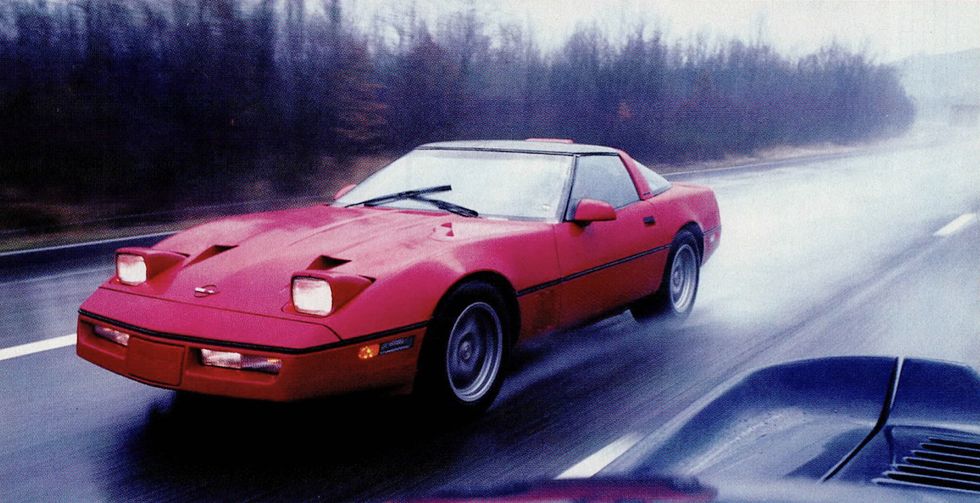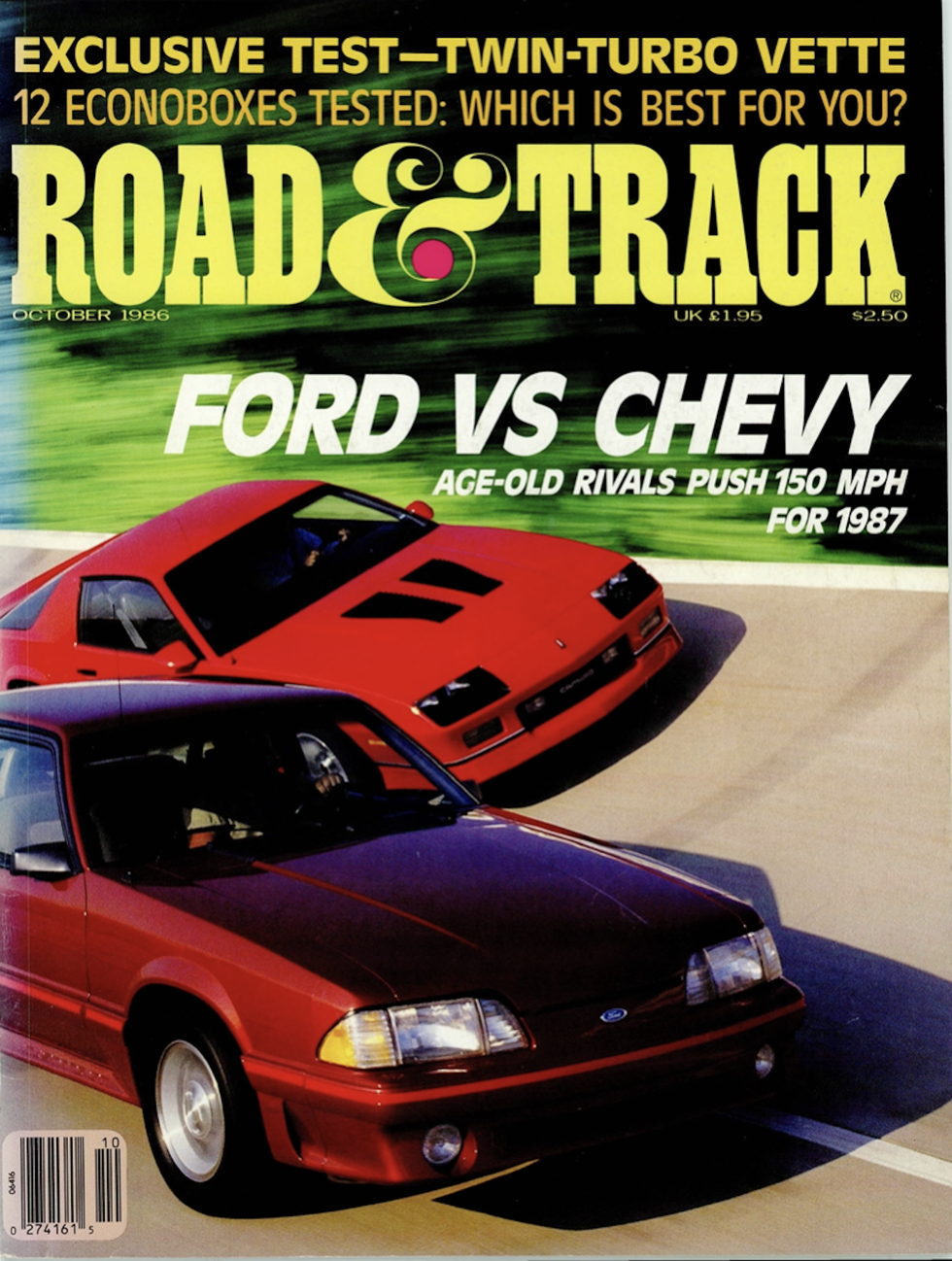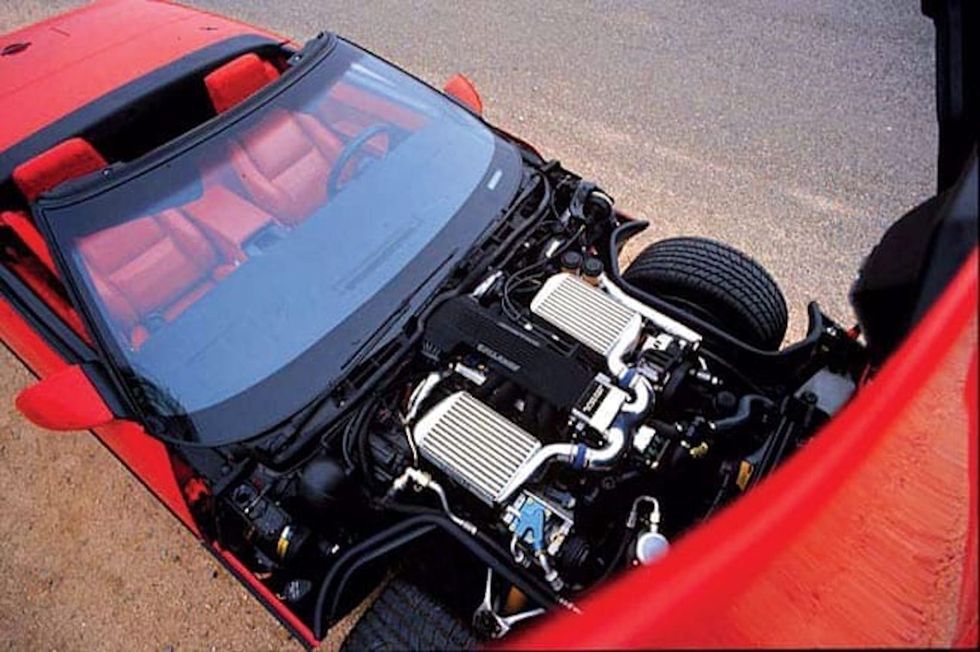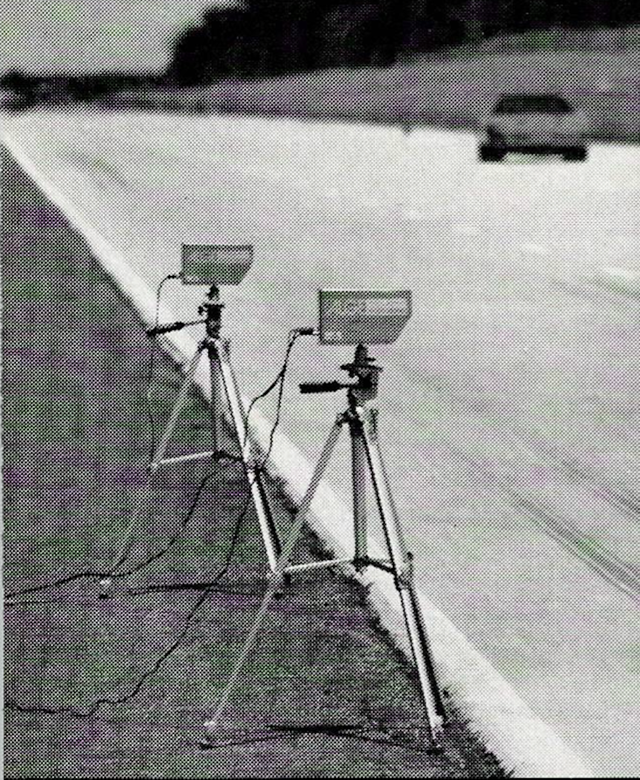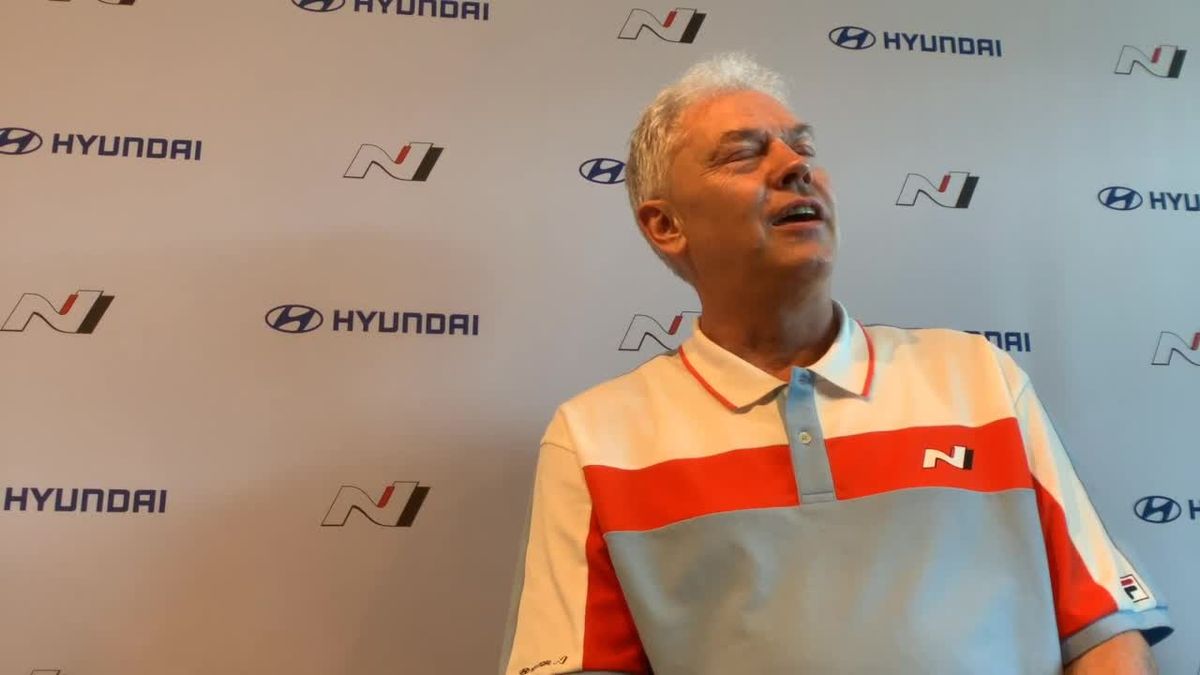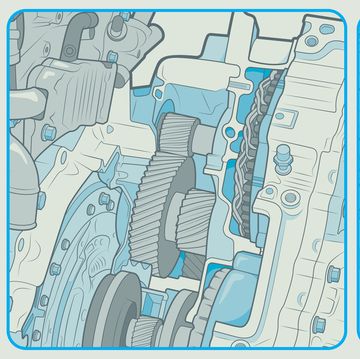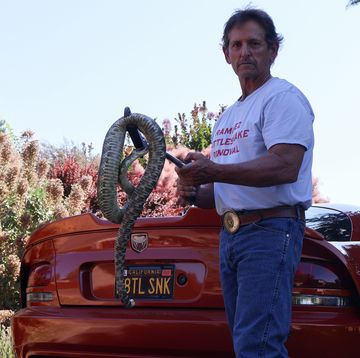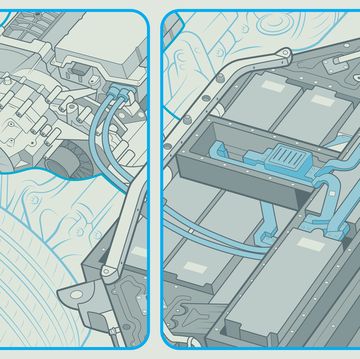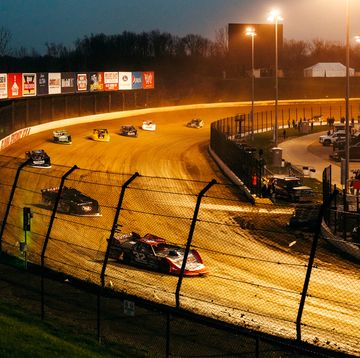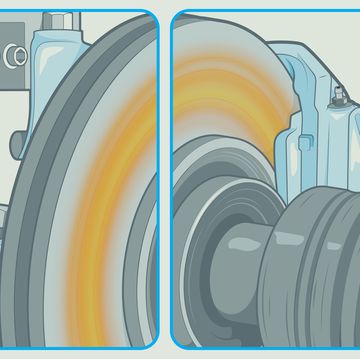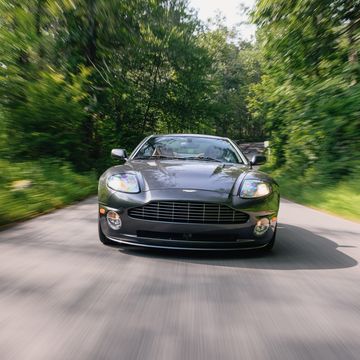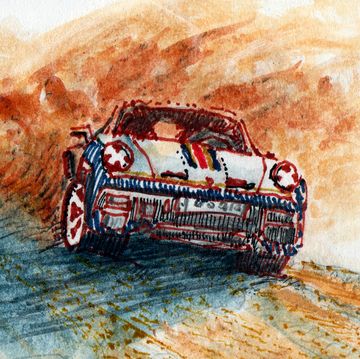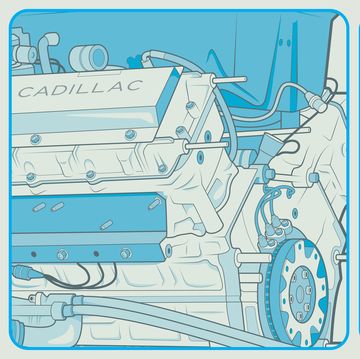If the world were a perfect place and logic always prevailed, automotive enthusiasts en masse would ungrudgingly accord the Chevrolet Corvette the praise it deserves. After all, here is a world-class sports car designed and built in (dare we say it?) America! Looks terrific. Handles great. Goes like stink. When Chevy’s chief engineer Don Runkle says, “If it won’t do 150 mph, bring it back,” he’s not joking. The Vette is an honest century-and-a-half tourer. But does that satisfy the malcontents amongst us? No.
This story originally appeared in the October 1986 issue of Road & Track.
Knowing that a Corvette can pull more than 0.9g on the skid-pad, that its engine management system and multiple-point fuel injection are among the most sophisticated in the industry, that its ABS will allow you to stop quickly and easily on a curve in the wet, nitpickers cite the obvious. To wit: A Vette is not a true world-class car because it’s not as fast as a Ferrari or a Lamborghini.
Lesser principals than Dave McLellan, chief of the Corvette group, would probably ignore this criticism. But McLellan and company believe that the best defense is a good offense, which explains why they called on the turbocharging talents of the Reeves Callaway organization and came up with a factory-approved, fully warrantied package that makes the 1987 Corvette not just as fast, but faster than exotics such as the Lamborghini Countach, the Ferrari 3.2 Mondial, 328 GTS and 412. True, the Callaway Twin-Turbo Corvette isn’t quite as fast as the GTO and the Testarossa—both do about 180 mph while the Vette goes only 178. But the GTO and Testarossa cost $175,000 and $102,500, respectively, while the Vette costs about $51,000. And there’s no question about legality, not to mention driveability, serviceability and durability. “We want this to be a 50,000-100,000-mile car and we don’t want an owner to have to make any concessions because it’s turbocharged,” says Tim Good, Callaway Turbosystems’ project engineer.
To ensure such longevity, the Callaway Twin-Turbo Vette uses Chevrolet’s LF5 truck block with 4-bolt main bearings and forged crankshaft (the standard Corvette crank is cast iron), forged connecting rods and Callaway-designed Cosworth pistons with a 7.5:1 compression ratio. The mains are aligned-honed and all applicable bits are balanced and blueprinted. Standard Corvette aluminum cylinder heads and a Vette camshaft are used in order to meet emissions regulations. Purpose-built headers channel exhaust gases to the turbochargers (with wastegates) and into the dual warm up catalysts that feed a single underbody cat. All very neat—and very legal.
The muscle behind the Twin-Turbo Vette’s speed and performance is the Callaway-designed turbocharging system that uses a pair of IHI model RHB52W water-cooled center section turbos and twin air-to-air intercoolers. Fed by special, hood-mounted ductwork that draws its intake air from large NACA ducts, the two blowers provide 10-12 psi of boost pressure and raise horsepower from 230 to 345 bhp at 4000 rpm and increase torque from 330 lb-ft at 3200 rpm to 465 lb-ft at 2800 rpm, more than the legendary 1968 L88 Corvette (R&T, February 1986). “We wanted to give the 350-cu-in. Small Block the feeling of a 454-cu-in. Big Block,” says Good, who points out that even at 1900 rpm, the Callaway Twin-Turbo develops 400 lb-ft of torque. What it all means is that instead of shifting gears, one has only to step lightly on the throttle for immediate (and strong) acceleration.
Callaway has retained the Corvette’s engine-management system right down to the knock sensor. Ditto, the standard fuel injection. “It’s a fantastic thing that we didn’t want to reinvent, so we left it alone,” says Good, who explains that the only significant change to the stock Rochester setup is the addition of Callaway’s Micro Fueler II, which provides auxiliary fuel enrichment to compensate for the extra volume of air being pumped in by the turbos.
Gearbox and driveline are stock, a testimonial to the Corvette's inherent sturdiness. “Chevy assured us that the power we were projecting would not present any problems,” claims Good. Nor are there any changes to the optional, factory-installed Z51 Corvette suspension and brakes. In fact, the only visual clues to the car’s nature are the in-hood NACA ducts, the specially crafted Callaway intake plenum, Callaway badges on the sides and rear of the bodywork and a boost gauge on the instrument panel.
If this seems a bit understated for a car of this performance level (a Countach is garish by comparison), it’s because Chevrolet prefers it that way. Research has shown that while the performance buffs want to go as radical as possible, the conservatives among Corvette owners don’t like ostentation. So the Twin-Turbo Vette is the best of both worlds—a radical car that looks essentially stock. And runs that way too. At least until you tip into the throttle. That’s when things begin to happen—fast. From a standstill, 60 mph is just 5.0 seconds away; the quarter mile, 13.7 sec. (If you keep the coolant temperature from climbing above 200 degrees and speed shift like Corvette engineer Jim Ingle, those times drop to 4.6 and 13.0 sec, respectively.) Equally impressive is the extremely smooth transition from off-boost to full-boost acceleration which occurs at approximately 1300 rpm. Full throttle presses you firmly and steadily into the seat’s back cushion, almost from the word go (unlike the acceleration of a certain German turbo car which is first lullaby soft, then Wagner fortissimo). You’ll note from the data panel that initial acceleration can lag the stock product slightly—owing to the 7.5:1 compression ratio, but believe us, it's hardly noticeable. For those who have the inclination, time and distance, there’s that incredible top speed, 177.94 mph, as measured by the electronic timer at Ohio’s Transportation Research Center where we conducted the high-speed phase of our test. At TRC, Reeves Callaway, as well as our “Speed” Simanaitis, repeatedly circled the plant’s 7.5-mile oval at speeds in excess of 175 mph. The Vette never dropped a stitch. When testing was done. Callaway and Tim Good threw their luggage into the Twin-Turbo prototype and headed back for Connecticut. Try that with some of your high-dollar exotics.
Although it’s built by Callaway, the Twin-Turbo is considered to be a Chevrolet product, available from selected dealers as RPO B2K and priced at $ 19,900 plus the cost of the car. After you order your car, Chevrolet builds it and ships it to Old Lyme, Connecticut where Callaway technicians replace the stock powerplant with the twin-turbo. You pick up the car in Connecticut or Callaway delivers it to you personally (no need to worry about some flat-rater taking a few hot laps in your baby while heading for a cup of Joe and crullers at the local Mister Donut). Of course, even the best can break down and it’s reassuring to know that the Callaway Twin-Turbo Corvette is covered by a full factory warranty.
Although Callaway hopes to fill the pipeline with cars (the initial build is one per week, but ultimately that’s expected to increase to about 250 cars per year), the nation’s roadways will not suddenly be overflowing with Callaway Twin-Turbos. “This is not a car for the guy who can’t decide between a Testarossa and a Countach," says Good. “Rather, it’s a car aimed at those individuals who don't care what it says on the outside. They simply want to have the fastest, best-handling, best-braking car they can buy. We’re able to give it to them. We’re also proud because it’s American-made.”
Fast enough to be a real Testa roaster or to send a Lamborghini down for the Count.
